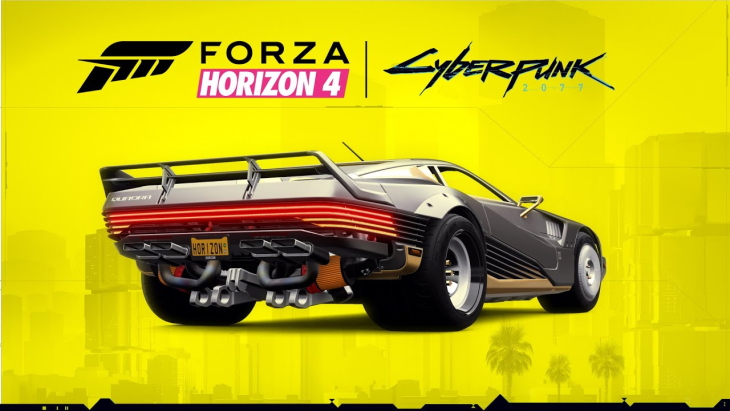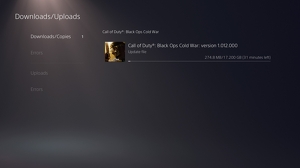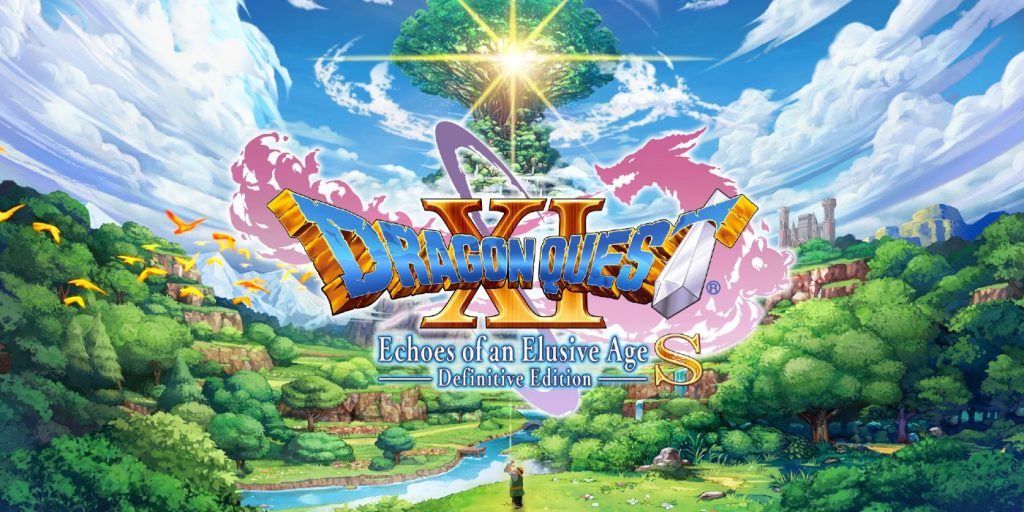
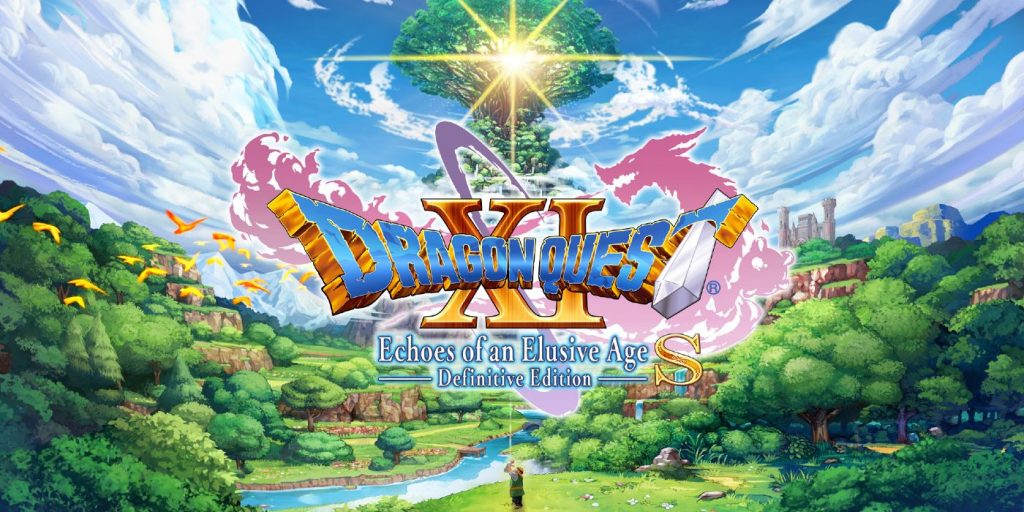
Ultima was a very influential game in the 1980s. Its aim was to create the table-top RPG experience, but within the systems of a computer. Yuji Horii, undeniably impressed by this new take of game design, was inspired to create what would become the defining template of the JRPG genre. Crafted for the console experience in mind, Dragon Quest was born in 1986.
For decades, Dragon Quest has been consistently delivering exactly what the fans want. Every entry is an epic quest, full of characters and exploring a vast world. Many aspects of it have remained unchanged; Akira Toriyama’s character designs, medieval European fantasy, and music by Koichi Sugiyama.
Game design concepts barely have changed, for better and for worse. With Dragon Quest XI, the series began to take more risks by streamlining certain quirks the series was known for. When it came time to do a re-release as Dragon Quest XI S: Echoes of an Elusive Age – Definitive Edition, there has been further changes still, for the the PlayStation 4 and Xbox One versions.
Dragon Quest XI S: Echoes of an Elusive Age – Definitive Edition
Developer: Square Enix
Publisher: Square Enix
Platforms: Windows PC, Nintendo Switch, PlayStation 4 (reviewed), Xbox One
Release Date: September 27, 2019 (Nintendo Switch), December 4, 2020 (Windows PC, PlayStation 4, Xbox One)
Players: 1
Price: $39.99

There have been so few turn-based JRPGs released in the last decade. The only options gamers have are the pickings on portable game devices like Persona or Octopath Traveler. Dragon Quest is still the only option for a large scale and big budget turn-based JRPG.
The production values have improved dramatically since the franchise has finally come back to consoles, after its stint on portable Nintendo consoles. The vanilla release of Dragon Quest XI made excellent use of the Unreal 4 engine, boasting some visuals that look close to CGI animated film in some shots.
Toriyama’s designs were lovingly crafted and animated. Round edges, seemingly no hard polygonal planes, and the density of flora made the world feel alive. Definitive Edition dials back on the visual effects when it got ported over to the Nintendo Switch. Sadly, these drawbacks have been carried over to the versions on PlayStation 4 and Xbox One.

3D models are slightly simplified, but if you weren’t intimately familiar with vanilla Dragon Quest XI you’d never notice. This was a very lush game, and foliage is no where near as thick. The draw distance is lower, and lighting effects are either simplified or removed. Translucence and backlighting made characters feel like flesh and blood people, and the effect is cut in Definitive Edition.
Despite the visual downgrade, Definitive Edition still looks great and does come with some benefits that make up for the loss in fidelity. Gameplay now runs 60 frames per second, a first for a fully 3D Dragon Quest game. This does make scenes play out so much more fluidly, and makes control feel so much more responsive. Battles end up looking very clean and polished as a result.
Load time between areas have been significantly reduced. The party will be traveling much faster, and making more progress quicker than ever. This is compounded by the new option that increases battle speed by quadruple. What could easily be a game that takes over 80 hours, fits comfortably in the 60 hour range.
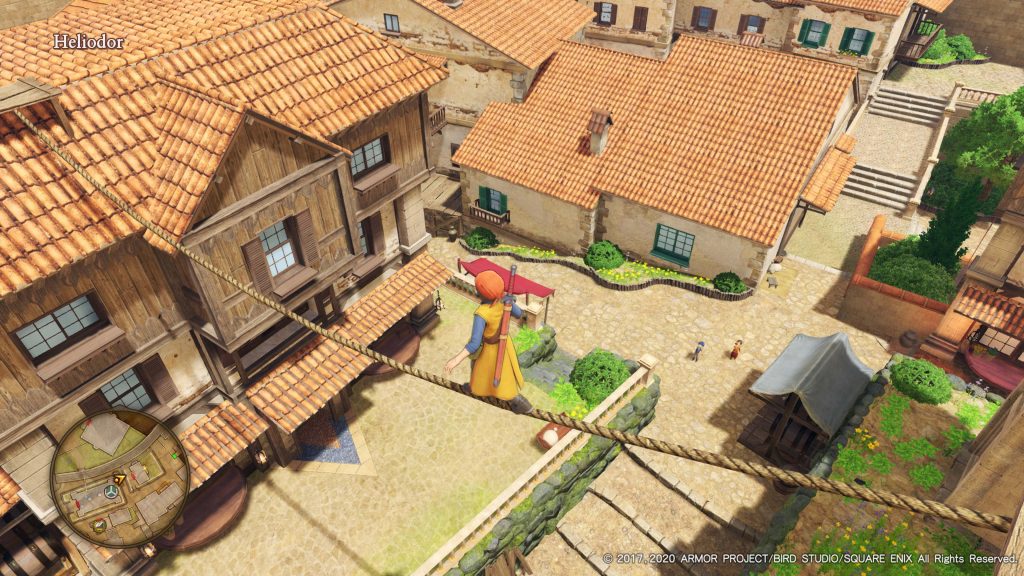
New features that are included in the Definitive Edition are options to wear skins of other outfits. Dragon Quest XI will sometimes have some equipment come with a cosmetic change. This was especially true for the female party members, who would acquire more desirable and appealing attire. Definitive Edition allows the option to have cosmetic changes, so long as you own the respective equipment.
This was a minor but appreciated inclusion and makes playthroughs slightly more unique. Dialogue options never truly made a difference in Dragon Quest XI, and they still don’t. The writer and animators take this opportunity to create some hilarious responses from characters, should the player choose the “no” option. It is worth it to never be agreeable and witness the reactions.
The biggest addition to Definitive Edition, is the 2D mode, which also abides by 2D Dragon Quest rules. Usually, in Dragon Quest XI battles, groups of enemies can be individually targeted. In 2D, attempting to target a specific enemy meant targeting the group of the same name, and praying that your character would attack the desired enemy. This was a hold over from the days when RPGs relied heavily on dice rolls.
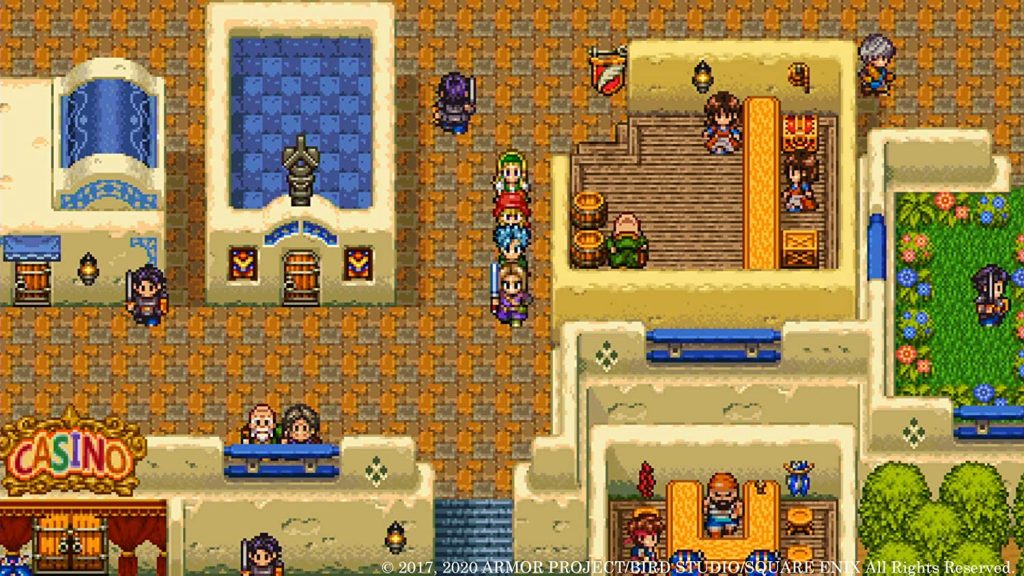
The 2D mode does add value to Definitive Edition. Seeing a retro interpretation of a fully 3D, Unreal Engine 4 game and being able to play it entirely in this setting is unprecedented. Every nook and cranny is represented, and even bosses get sprite renders. Since this is 2D, there was no way to represent the crossbow side-quest in either mode. If you didn’t like it, you’ll be happy with this change.
The world of Dragon Quest XI is staggeringly large. Yuji Horii and his boys fully realized entire kingdoms and different regions, with dialects and their own cultures. Hotto has a distinct Asian motif, and is a hot-spot for travelers who want to take a dip in their famous hot springs resort. Gondolia is notable for its Venetian influences, and Tickington is the only place that can be visited in 2D mode only.
Every locale is memorable and has a unique layout with various collectibles or crafting recipes to find. Areas will often have some verticality and little hideaways, where there is some secret or amusing pun waiting to be found. The scale is utterly immense through the entire game, making the world feel authentic.
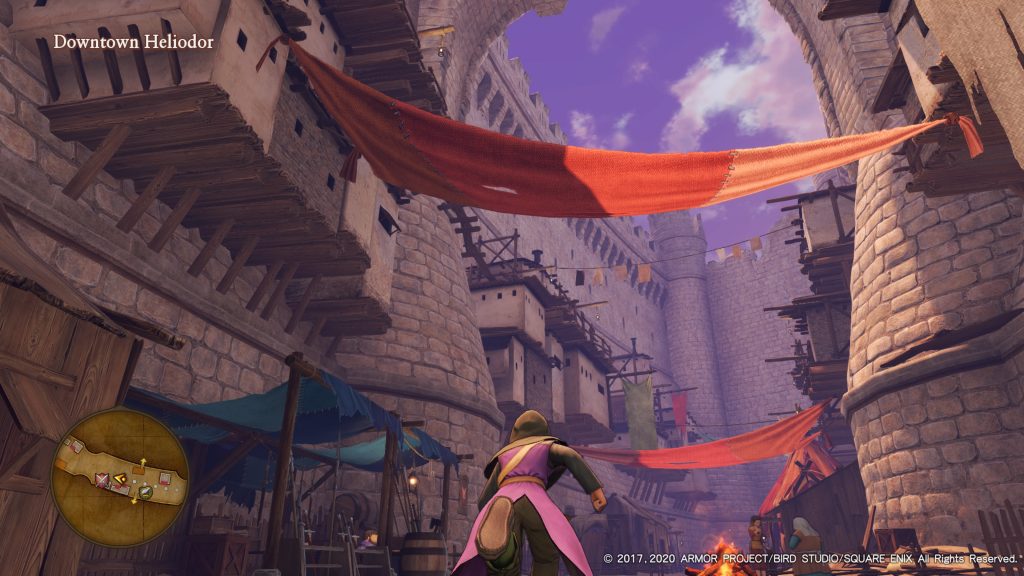
Dragon Quest XI‘s story plays it very safe as far as Dragon Quest games go. The series was never known for its originality in its plot, but rather for its characters and personality. There are many parallels to past Dragon Quest games, specifically to III, where some connections become overt and are sure to shock long time fans.
The beginning act will seem very light and feature ineffectual villains. Anyone who puts in the time will find that Dragon Quest XI takes a while to show its hand and reveal what the story is actually about. When it does, the story goes to some dark places, and real threats reveal themselves.
What holds this story together is the characters, who are the heart and soul of Dragon Quest XI. This was one of the best aspects in the vanilla game, that Definitive Edition further expands on each party member with extra story content.
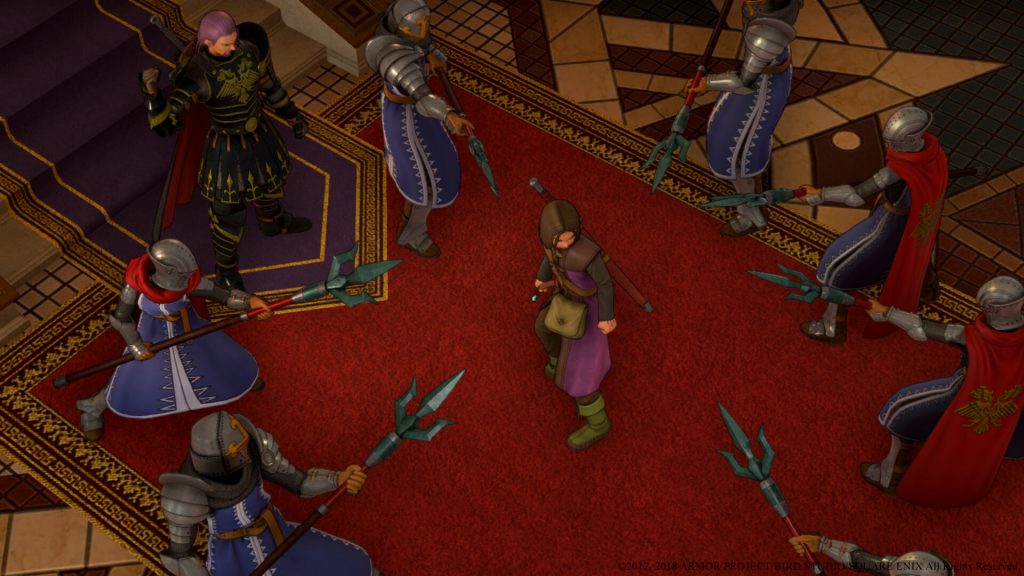
Sylvando was already the most fabulous party member in the game, proving to be an invaluable asset in battle and generally being fun in all scenes. While his presence in the story was the least relevant of all the party members, his character benefits the most from the added Definitive Edition content.
If it weren’t for the presence of the player-character, Erik might have been the actual protagonist of Dragon Quest XI. His story and new Definitive Edition content further flesh him out to be the most complex character in the game.
No matter what, all the added story content included in Definitive Edition is worth experiencing if you already enjoyed the vanilla game. Most of new material is back loaded, but the increased speed of the combat and skippable scenes does help experience a bulk of the game at a much faster rate.

In broadest terms, the story revolves around a messianic figure known as the Luminary, who may or may not be a harbinger of the end of the world. The main antagonist’s motivations are fairly standard, and work thanks to an admittedly creative master plan.
It is not deep, but it is hard to not be enchanted by the cast. Even the side characters are fleshed out, and are excellently voiced. The many scenarios that unfold have a lot of heart to them, and sometimes will be punctuated with a clever twist or poetic irony.
The mix of sincere writing and heartwarming scenes is what makes Dragon Quest XI so special. It is all held together by an epic journey framework, and classic JRPG trappings that make it a very comfortable and nostalgic experience. It may not reinvent the wheel, but it is an incredibly reliable and sturdy wheel that will not fail you.
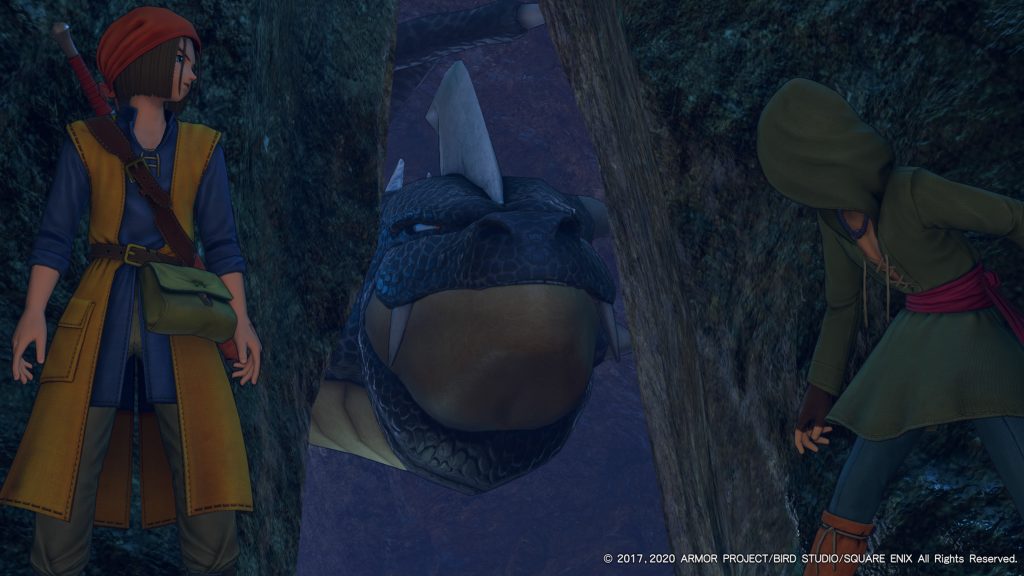
Even as the lower fidelity version, Dragon Quest XI still retains its breathtaking vistas. While Final Fantasy VII Remake struggles to create one city. Yuji Horii manages to create an entire world full of different cultures, and even depicts the passage of time as the story progresses.
Fast travel is indeed very fast. The hero acquires the Zoom spell very early, and allows revisiting of previous towns. Even your vessel will always be parked at the nearest beach for maximum convenience. Compounded with the PlayStation 4’s increased specs over the Nintendo Switch, expect the wait times between traveling to be almost a blink.
Some convenience was taken too far in some places. Dragon Quest XI already has a mini-map that always has a marker that directs you where to go to progress the story, and party chat will have the party spell it out further. On top of this, every town has an NPC who’s life duty is to tell you exactly what to do.
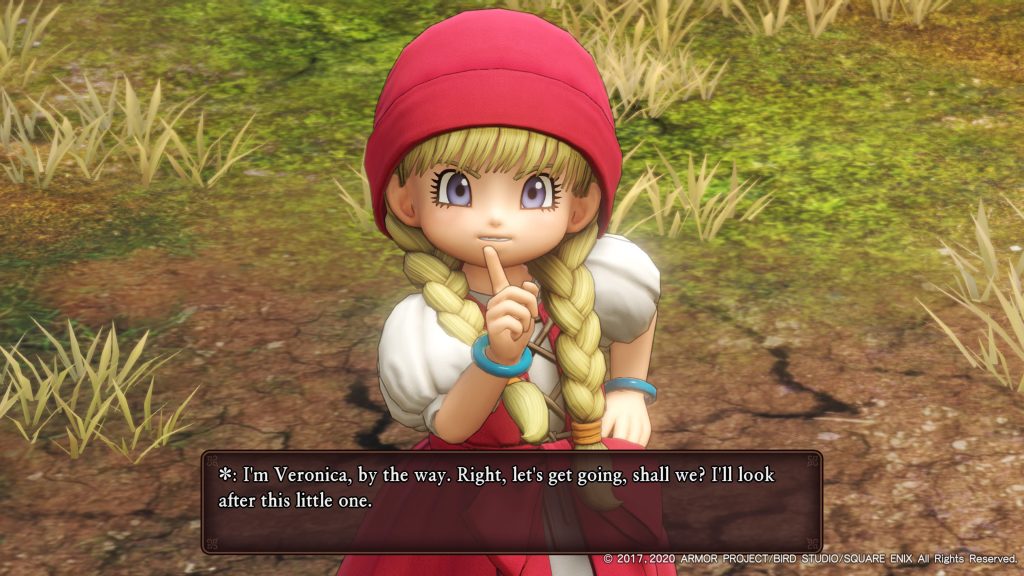
One of the best experiences to have in an RPG is to make discoveries. Dragon Quest XI is likely made for younger gamers who are getting to grips with turn-based gameplay, and huge worlds. With so many cues that constantly direct the player what to do, it is understandable to include these features for an entry level JRPG.
Turn-based combat in itself is laid back, and fits the atmosphere of a light hearted adventure that is jam-packed with adorable puns and word play. Even when the team is facing unbelievable odds, failure is a slap on the wrist, and only half of the money you’re carrying is lost.
Money in itself is earned easily and quickly. It is more of a back-up resource, since most equipment is found on the field, and the best stuff is made with the Fun-Size Forge. The crafting is a surprisingly involving mini-game, and will have the party scurrying all over the world finding materials and reading every shelf in every town for recipes.
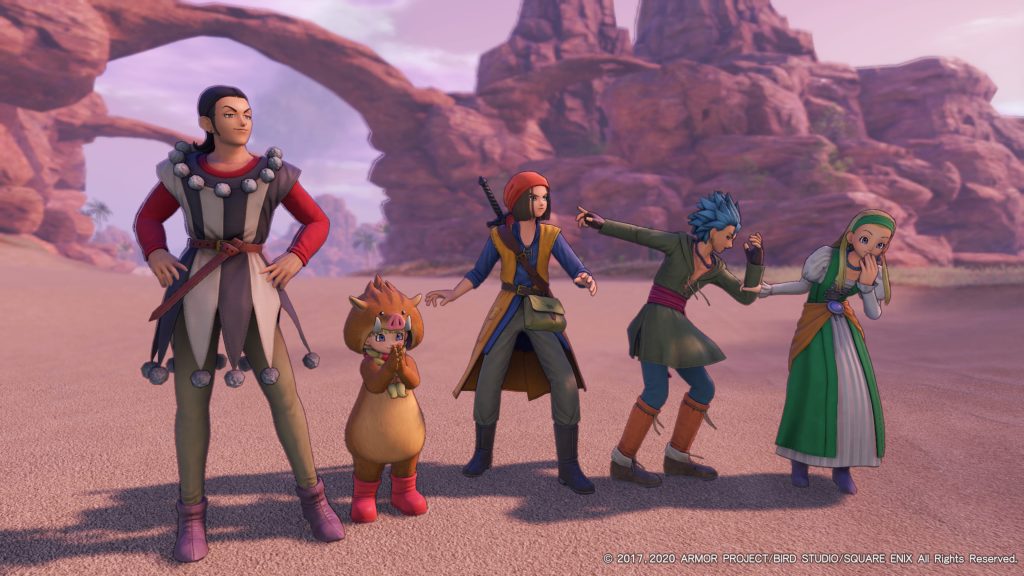
Other mini-games include horse-racing, and an entire casino full of prizes. Poker, slots, and even a variation of roulette fill out the establishment. Since saving is done manually at churches, it’s easy to save-scum a way to jackpots. This exploit makes it easy to acquire the best prizes easy, and early.
If you are finding Dragon Quest XI too easy, then there are the Draconian Quests which make the entire game much harder. Some of these modes will barely impact your adventure- like all shops being closed- but some will make every battle count.
Shypox is one feature that will make a character an utter failure in combat. He may suddenly be overwhelmed with shyness and will barely be able to function at all, wasting entire turns at random. While it will make the game extremely difficult, it also does add a lot of unique dialogue, and specific situations that make the mode special.

There is no reward for participating in the Draconian Quest challenge modes. They exist to merely add a bit of optional old school Dragon Quest challenge. It would have been appreciated if completing the game with one or more of these modes active would reward the player with something in New Game Plus.
New Game Plus is also something that is handled very weirdly in Definitive Edition. When switching to 2D mode, all of your stats and gear carry over, and you are able to start from the beginning of the story. There technically isn’t a New Game Plus mode, but this is an interesting and novel approach that is a side affect of how the game was programmed.
Much has been made about Koichi Sugiyama’s music for the franchise. In my opinion, his simplistic and Disney-esque compositions are very repetitive and generic sounding whimsical fantasy music. Definitive Edition does improve things by using the orchestral versions, but you have to already enjoy his brand of music to begin with to care.

Sugiyama phones it in, with tons of the music recycled from past Dragon Quest games. The man is 90 years old; he cannot be expected to create anymore, and his best work is long behind him. He is too far set in his ways to get inspired at this point in his life, and the series would be better off without him moving forward.
A JRPG can be elevated if it has great music. Dragon Quest XI is already a wonderful game, and if it had music with some personality and passion behind it, it would be a masterpiece. Music is more important than graphics in a JRPG. There are tons of 8 and 16-bit JRPGs that are still enjoyable, and a lot of that has to do with how the music can engage us.
Dragon Quest XI S: Echoes of an Elusive Age – Definitive Edition is a dying breed of turn-based JRPG. One day it may follow Final Fantasy and become another action game series. Commanding a party in this manner means strategically directing them at your own pace. Refusing to change is one of the last and great freedoms we can enjoy as a species and this is what Dragon Quest XI aspires for.
Dragon Quest XI S: Echoes of an Elusive Age – Definitive Edition was reviewed on PlayStation 4 Pro using a code provided by Square Enix. You can find additional information about Niche Gamer’s review/ethics policy here.


